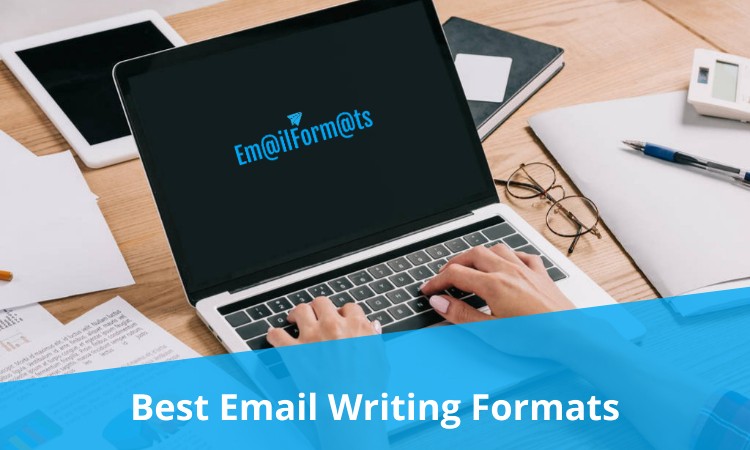Professional Email Format: Ultimate Guide
This ultimate guide will help you to master professional email format with free samples of professional email format to draft one for you in the next 9 mins.
A good professional email format depends on your purpose of writing however there are some basic guidelines and best practices that are universally followed and accepted.
Most importantly, you must give your email a logical well-defined structure. Because you’re writing in a professional matter, you’re expected to respect the time and effort of your recipient. You're supposed to value the recipient's time and effort.
In this article, you’ll find:
- Guidelines & Best practices for professional email format
- What is a professional email format structure?
- Professional Email format samples and examples
Let's begin this ultimate guide to master professional email format.
Guidelines & Best practices for professional email format
Recognize your Professional Email Recipients
Consider who the target recipients are, what he/she do, what he/she expect from you, and what you need to communicate to him/her. This expertise will assist you in drafting a good professional email. Also, identify to whom you should address this professional email and whether you need to keep someone in 'CC'.
Choose the Subject of professional Email
You may use the "Three S Rule" principle, which stands for "simplicity, shortness, and strength." These email subject attributes will increase the open rate of the professional email. Catch the attention of the recipient by setting the prefect subject line so that chances of attending to your email can get increased.
Always use Salutation or Greeting in your professional Email
The tone of your professional email is set by your salutation or greeting, which showcases your written communication skills.
Stick to your Topic while writing professional Email
While writing your email in a professional email format, ensure that you are sticking to the topic which you have summarized in the subject of the professional email.
Clear Call-To-Action in closing statements
Have a clear and precise call-to-action that ask recipients exactly what to do next and how to do it.
Add Your Email Signature to end the professional Email
Your name, job title, organization, and contact number are the key elements of a professional email signature that needs to be included. You may also add your website or your organization’s website. No need to include your email address as it is redundant and required only in your last working day email.
Thorough proofreading and spellcheck
Never use your first draft as your final professional email copy, no matter how confident you are in your writing abilities. Thoroughly search for grammatical, syntactical, and typographical mistakes. You may use different online spellcheckers however bear in mind that these tools may not help you with contextual mistakes.
What is a professional email format structure?
Make sure your professional email is formatted correctly. In your professional email format structure, let the first few sentences of the body text of your email clarify what the email is about. A conclusion that summarises the professional email, should be written in the last few sentences. In the conclusion, you may include a call-to-action.
A business email structure should usually include the following, in this order:
- A clear subject line to summarize your professional email goal
- A professional salutation or greeting
- A short description of the topic and what you want
- More details, only if necessary
- Call-To-Action or available times for contact in case you're requesting for a meeting
- Professional email signature with your contact details
I hope you have understood the basic structure of the professional email and let's look at some professional email format examples in the next section.
Professional Email format examples and samples
Professional Email format for people who registered for a Counselling
Email Subject Line: About your Counselling with [your name]
Email Message:
Hi [Sir/Madam/Name],
Thank you for registering with us for the Counselling. I am looking forward to see you in the counselling session.
Could you please open this link [add a link to your appointment scheduling software] and schedule a suitable time and date for Counselling?
In case, you have any queries about the counselling session, just reply to this mail. I will get back to you as early as possible.
Regards,
[Your name]
Address: [Your Address]
Contact Number: [Your Contact Number]
Final Thoughts
Make your email look perfectly professional by following the above mentioned professional email format structure.
Set the “objective” clear in mind while writing the professional email.
Set the email title or subject line that itself tells the context of the professional email.
Always begin with a professional salutation, don’t use 'Hi' or 'Hello', if you are not very much close to the recipient you are addressing the email.
Be concise and keep your email short and always make a habit of concluding email with closing remarks or call-to-action.
This post may have helped you in writing the emails in a professional email format. Happy emailing!




